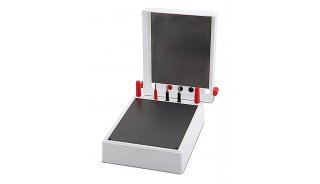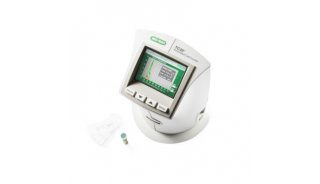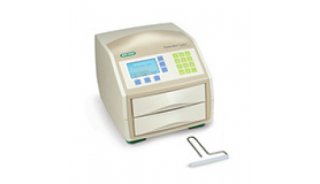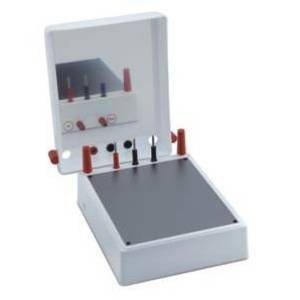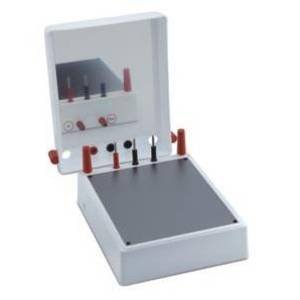Bio-Rad(伯乐)Western Blot半干法转膜的十大注意事项
首先讲转膜仪的清洗:
Do not immerse the unit in liquid. Use special care when cleaning the
anode plate to avoid scratching or marring the platinum. Do not use
abrasives or strong detergents. The cathode plate (stainless steel) can
be cleaned with a mild abrasive to remove salt that may deposit during
normal operation. The entire unit can also be periodically disassembled
and cleaned with water to remove salt deposits.
推荐清洗方法:转膜结束后,立即用双蒸水将转膜仪冲洗几次,并晾干。
Electrophoretic transfer of proteins and nucleic acids is dependent on
many factors. Observe the following guidelines to avoid mishaps that may
result in serious damage to the instrument or injury to the operator.
1. Do not reverse polarity on this instrument. This will result in
corrosion and rusting of the stainless steel cathode. If this should
occur, the stainless steel should be cleaned with a mild abrasive
cleaner to remove the rust.
2. Do not exeed 25 V with this instrument. This could damage the electrodes.
3. Do not adjust the pH of transfer buffers unless specifically
indicated. Following instructions carefully. Adjustment of pH of
transfer buffers, when not indicated, will result in increased buffer
conductivity. This is manifested by a higher than expected initial
current output as shown by the power supply's current meter. Monitor
buffer resistance with the Model 200/2.0 power supply prior to each run
to insure proper buffer conductivity.
4. Lengthy tranfer times are not recommended. Do not leave this
instrument unattached. Joule heat can be generated rapidly during
semi-dry blotting. Transferring longer than 2 hours can damage the unit.
5. Power supply requirements. The Trans-Blot SD cell should only be used
with the microprocessor-controlled Model 200/2.0 power supply or the
Model 1000/500 power supply.
6. Do not operate this instrument in ambient temperatures exceeding 50 ℃.
7. Buffer preparation is extremely important. Do not adjust transfer
buffer pH by addition of acid or base unless specifically indicated in
the instructions. Improperly prepared buffer will cause excess heat
generation and safety hazards. Use only high quality, reagent grade
methanol. Contaminated methanol can result in increased transfer buffer
conductivity, as well as poor transfer of macromolecules.
8. Following electrophoresis, equilibrate the gels in transfer buffer.
Equilibration facilitates the removal of electrophoresis buffer salts
and detergents. If the salts are not removed, they will increase the
conductivity of the transfer buffer and the amount of heat generated
during the transfer. Also, low percentage gels (<12% acrylamide) will
shrink in methanol-containing buffers. Equilibration allows the gel to
adjust to its final size prior to electrophoretic transfer. The length
of time required for equilibration is dependent on the gel thickness.
For example, 15 minutes for a 0.75 mm SDS-PAGE gel.
Low molecular weight macromolecules ( 10,000 daltons) may diffuse out of
gels more readily. One can allow adequate gel pre-equilibration by
changing the pre-equilibration buffer several times during a relatively
short pre-equilibration period. This will help to limit diffusion of low
molecular weight macromolecules while providing efficient salt
reduction.
9. Cut the membrane to the dimensions of the gel. Wet the membrane by
slowly sliding it at a 45° angle into transfer buffer and allowing it to
soak for 15–30 minutes. Complete wetting of the membrane is important
to insure proper binding. Abrupt wetting can lead to entrapment of air
bubbles in the matrix. These air bubbles can block transfer of
molecules. To avoid membrane contamination, always use forceps or wear
gloves when handling membranes.
10. Cut filter paper to the dimensions of the gel. Two pieces of extra
thick filter paper (or four pieces of thick or six pieces of thin filter
paper) per gel are needed for each gel/membrane sandwich. Completely
saturate the filter paper by soaking in transfer buffer.







